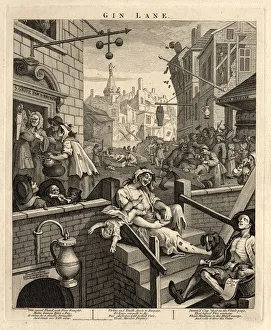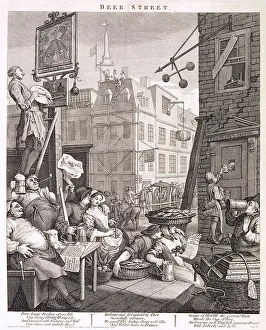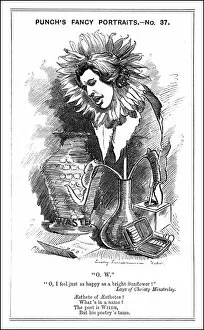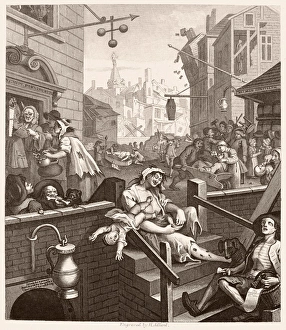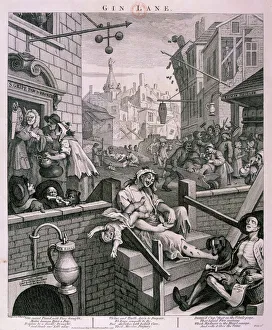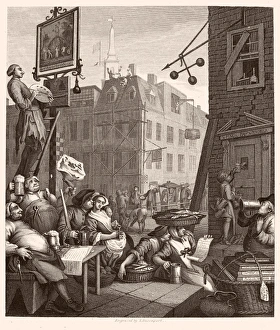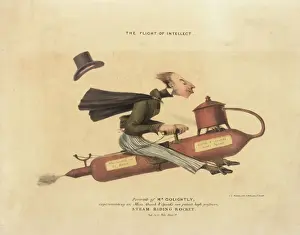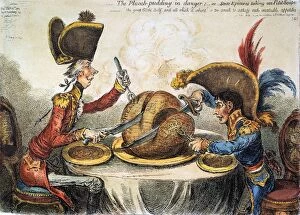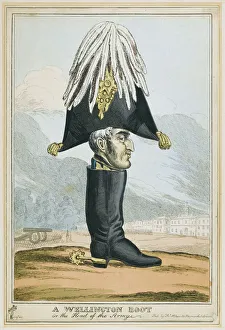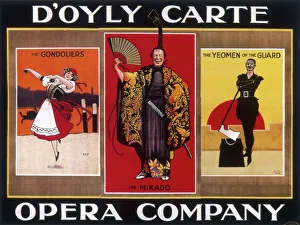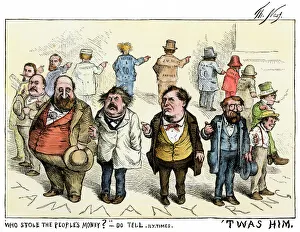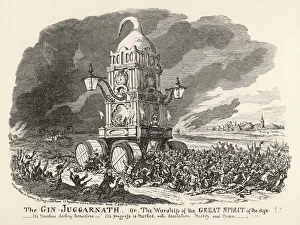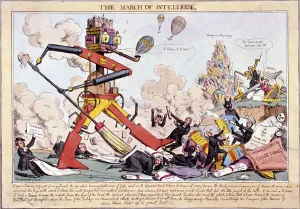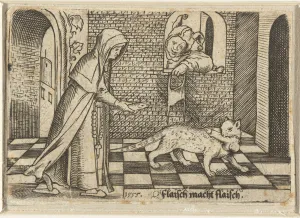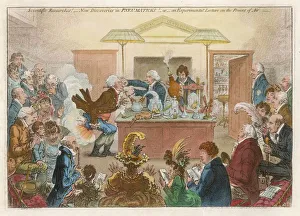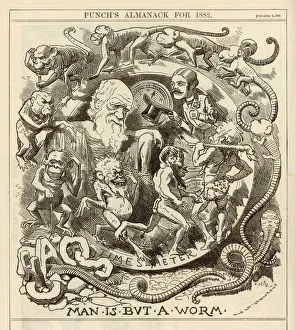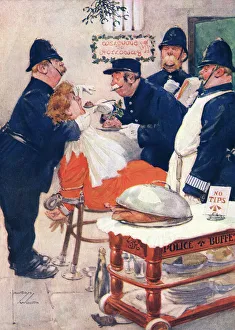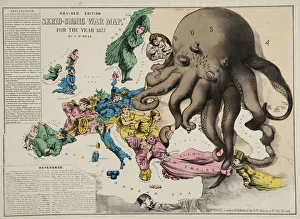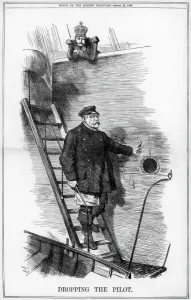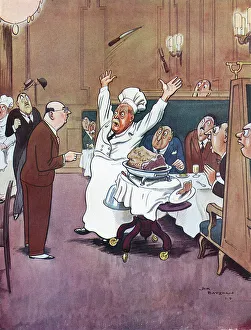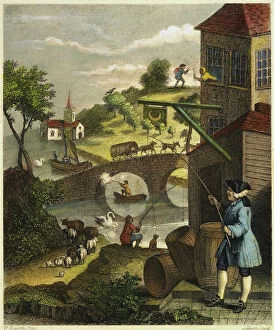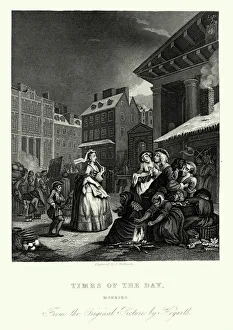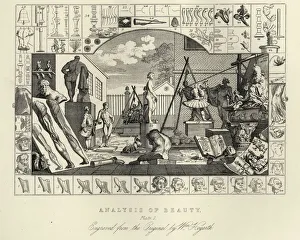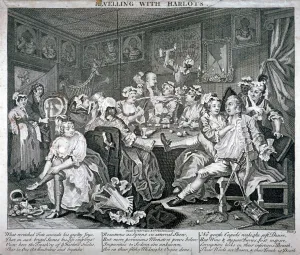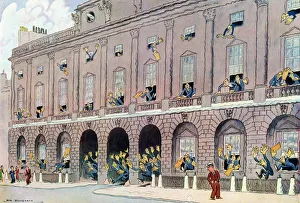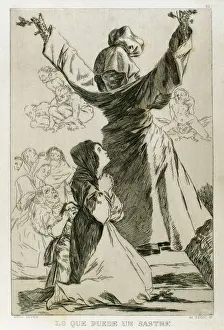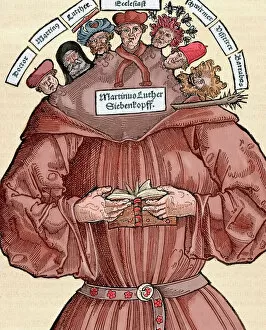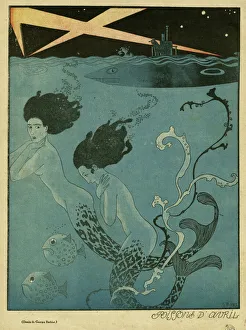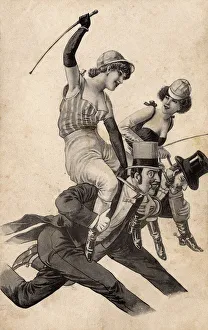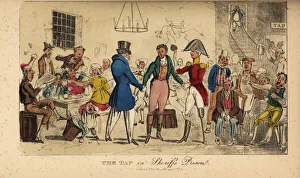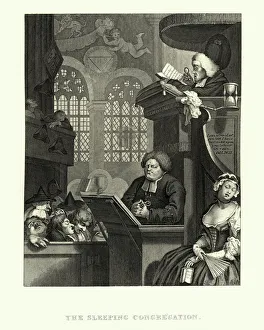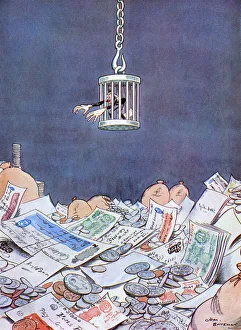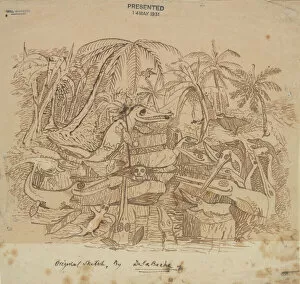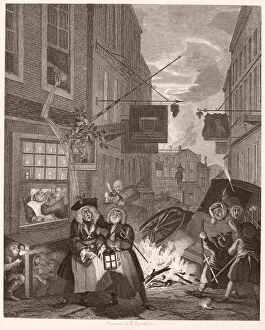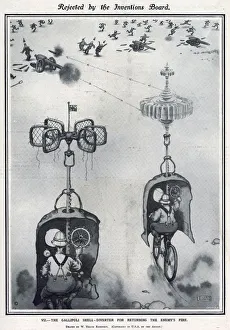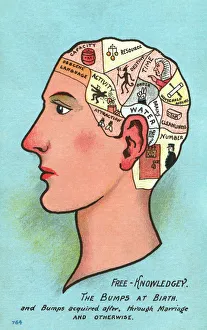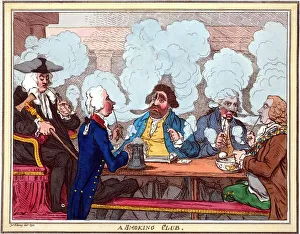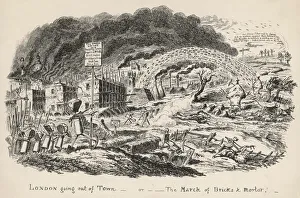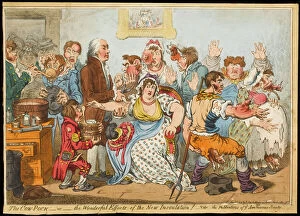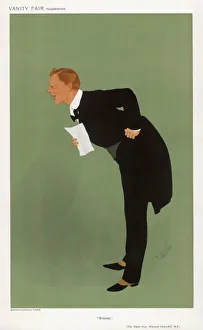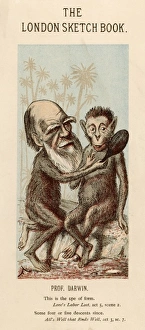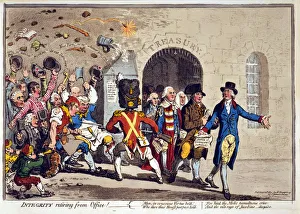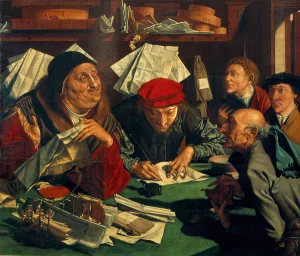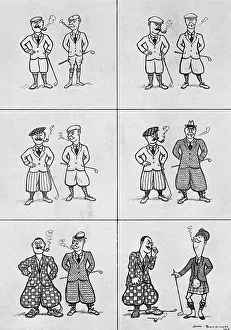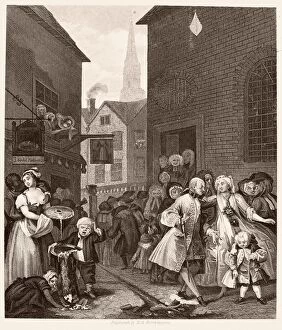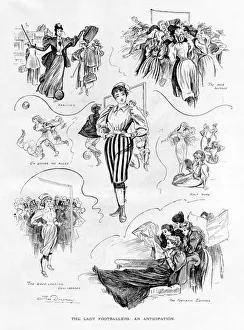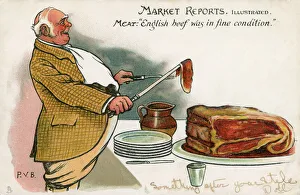Satire Collection
"Satire: A Timeless Art of Social Commentary" From William Hogarth's iconic prints Gin Lane and Beer Street, to James Gillray's biting political cartoons
All Professionally Made to Order for Quick Shipping
"Satire: A Timeless Art of Social Commentary" From William Hogarth's iconic prints Gin Lane and Beer Street, to James Gillray's biting political cartoons, it has long been a powerful tool for social commentary. These artists used their craft to expose the vices and follies of society with sharp wit and clever imagery. In Gin Lane, Hogarth vividly portrays the devastating effects of alcoholism on individuals and communities. The chaotic scene serves as a cautionary tale against excessive drinking, highlighting the dark underbelly of London's gin craze in the 18th century. Meanwhile, Beer Street presents a stark contrast - an idyllic vision of moderation and prosperity. By juxtaposing these two prints, Hogarth satirically critiques societal choices while advocating for responsible consumption. Moving forward in time, we encounter Gillray's Napoleon Cartoon from 1805. This satirical etching humorously depicts Napoleon Bonaparte and British Prime Minister William Pitt carving up the world like a plumb pudding during peace negotiations. Through this exaggerated portrayal, Gillray mocks both leaders' hunger for power at the expense of global stability. Satire is not limited to politics alone; it also tackles technological advancements like man riding on a steam rocket or advertisements such as D'Oyly Carte Opera Company poster. These works playfully poke fun at society's fascination with progress or consumerism. Even centuries ago, satire was employed by artists like Charles Williams who parodied an advertisement for Rumford stoves in Luxury or Comforts of a Rum p ford. By exaggerating its benefits through colorful caricatures, Williams exposes how easily people can be swayed by marketing tactics. The Serio-Comic War Map For The Year 1877 takes satire into geopolitical realms by comically mapping out international conflicts during that period. It highlights absurdities within war strategies while reminding viewers that behind every conflict lie real human lives affected by political decisions.

